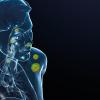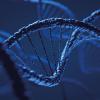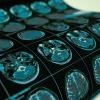Scientists in the US have created blood-forming stem cells from patients’ own cells.

The cells, produced from pluripotent stem cells, were a mixture of blood stem and progenitor cells, able to generate multiple human blood types when infused into mice.
“This step opens up an opportunity to take cells from patients with genetic blood disorders, use gene editing to correct their genetic defect and make functional blood cells,” said study author Ryohichi Sugimura, from Boston Children’s Hospital.
The team added transcription factors to induce endothelium into a blood-forming state. Endothelial cells were transferred into mice, which, weeks later, were carrying multiple types of human blood cells in their bone marrow and blood circulation, according to the paper published in Nature.




